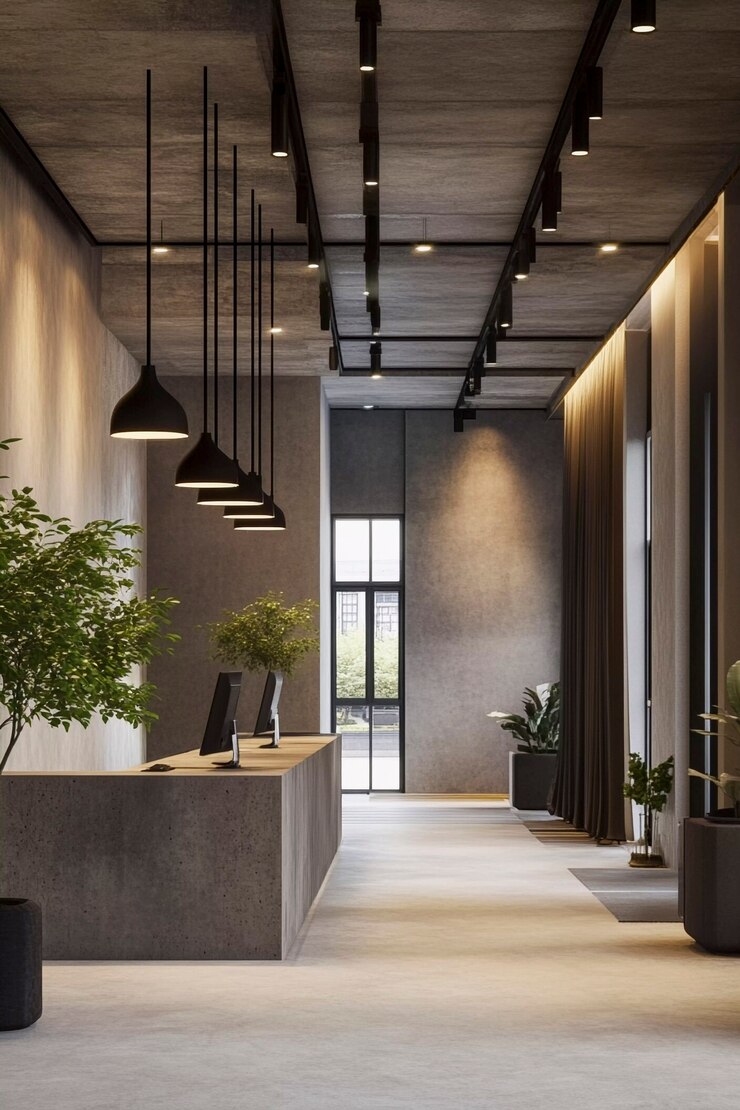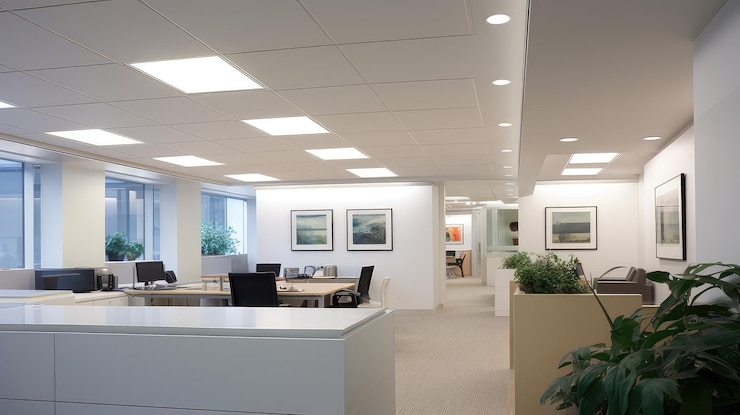The way your office is lit might seem like a small detail, but it has a massive impact on your productivity, comfort, and even your mood. Many people overlook lighting when setting up their workspace, focusing more on furniture or tech. But did you know that proper office lighting can help reduce eye strain, improve focus, and even enhance creativity?
Let’s explore how something as simple as a lightbulb can completely change the way you work.
Why Office Lighting Matters More Than You Think?
We spend nearly a third of our lives at work. Whether you’re in a corporate cubicle or working from your cozy home office, your environment affects your mindset. One of the most underestimated components of a productive workspace is office lighting.
Here’s why it deserves your attention:
- Lighting directly influences your circadian rhythm. Poor lighting, especially dim or overly harsh fluorescent lighting, can cause fatigue, disrupt sleep patterns, and increase stress levels.
Natural light is the gold standard—it not only helps you stay alert during the day but can also elevate your mood. But if windows are scarce in your office, don’t worry. There are other lighting options that can mimic natural daylight and support your wellbeing.
Types of Office Lighting That Can Transform Your Workday
Finding the perfect lighting setup doesn’t mean you need a complex lighting design degree. You just need to understand the different types of light sources available and how to use them strategically.
Office lighting generally falls into a few main categories—let’s take a closer look.
- General Lighting
This is your main source of light—usually ceiling-mounted or overhead fixtures. It provides general illumination to the entire space but may not be enough on its own. - Task Lighting
Think desk lamps or free-standing desk lighting. These are focused lights used for reading, writing, or computer work. Task lighting helps prevent eye strain and boosts concentration. - Accent Lighting
Accent lights, like under-cabinet lighting, wall sconces or LED strips incorporated into joinery, this subtle lighting add character and warmth to your workspace. They’re the cherry on top.

Optimizing Your Office Lighting for Better Productivity
Getting the right mix of lighting can make your office feel like a space where you want to work, not just a place where you have to work.
Here are a few practical tips:
- Position your desk near a window if possible. Natural light can improve focus and reduce headaches.
- Use LED lights with a color temperature between 4000K and 5000K for a daylight-like effect.
- Avoid overhead lights that cast sharp shadows. Layer your lighting with task and ambient sources.
- Invest in a dimmable desk lamp for those late-night work sessions when you need a softer glow.
Also, keep in mind how your monitor and screen settings interact with the room’s lighting. Glare can be a huge productivity killer.
Final Thoughts: Don’t Leave Office Lighting in the Dark
When designing your workspace, don’t treat lighting as an afterthought. The right office lighting does more than just brighten a room—it can uplift your mood, sharpen your focus, and help you power through your workday with energy and ease.
So, whether you’re renovating a commercial office or just reorganizing your home office at home, take a moment to evaluate your lighting. A small change here can lead to a big difference in how you feel and perform every day.
Light up your workspace, and you might just light up your career, too.

